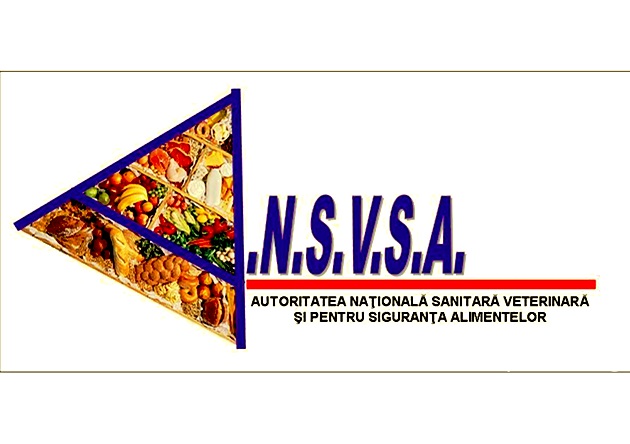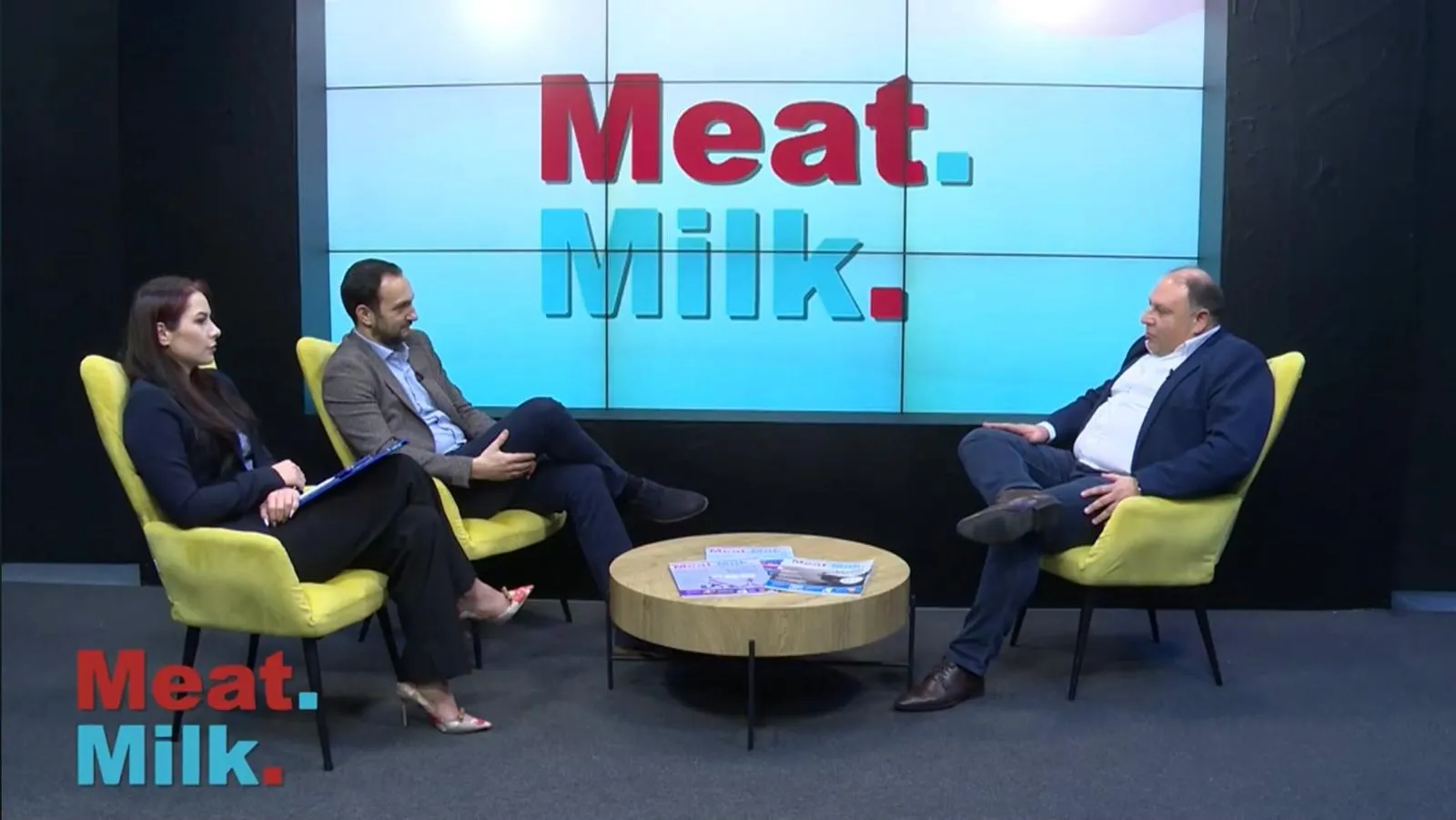1428

National Sanitary Veterinary and Food Safety Authority (ANSVSA) Statement on Foot-and-Mouth Disease Outbreak in Hungary
The National Sanitary Veterinary and Food Safety Authority (ANSVSA) informs that, on March 6, 2025, Hungary notified the occurrence of a foot-and-mouth disease (FMD) outbreak at a dairy cattle farm in northern Hungary, near the city of Győr, close to the Slovakian border. The notification was made through the World Animal Health Information System (WAHIS) of the World Organisation for Animal Health (WOAH), with laboratory tests confirming the disease. Additionally, on January 10, 2025, Germany reported its first foot-and-mouth disease outbreak in 36 years at a buffalo farm in Brandenburg, near Berlin.
Preventive Measures Implemented by ANSVSA
Following the confirmation of this outbreak in Hungary, ANSVSA has enacted preventive measures to prevent the introduction of the virus into Romania. These measures include:
- Informing the representatives of major national cattle, swine, sheep, and goat breeders' associations about the obligation to report any animals displaying behavioral changes, signs of illness, or cases of mortality to a veterinarian.
- Publicizing the necessity and obligation of animal owners to notify veterinarians whenever they observe behavioral changes, signs of illness, or cases of mortality.
- Disseminating printed materials (posters, notices) at veterinary offices, town halls, and churches to ensure livestock owners are aware of their reporting obligations.
- Temporarily suspending the transport of animals and animal-origin products from the restricted zone (a 30 km radius around Győr).
- Increasing monitoring of all intra-community animal transport for cattle, swine, sheep, and goats.
- Intensifying traffic inspections to detect unauthorized animal transport.
- Informing economic operators purchasing cattle, swine, sheep, and goats of their obligation to pre-notify the county veterinary authorities (DSVSA) about any such purchases within the European Union. Veterinary officials will oversee the unloading process and conduct a clinical examination of all transported animals.
County DSVSAs will cascade information to all relevant operators and institutions through meetings organized with representatives of major breeders' associations and economic operators involved in trade activities.
Ongoing Monitoring and Future Actions
ANSVSA will issue further recommendations and instructions based on epidemiological developments and additional notifications. These instructions will be distributed via service notes and implemented through meetings with relevant stakeholders.
ANSVSA urges Romanian economic operators engaged in the trade of cloven-hoofed ruminants and swine to carefully follow the instructions issued by the national veterinary authority through county DSVSAs to protect livestock from this disease.
Any suspicion of disease must be reported immediately to the county DSVSA authorities.
Romania’s National Surveillance Program for Foot-and-Mouth Disease
Romania has a National Surveillance Program for Foot-and-Mouth Disease, which is part of the national plan for monitoring, preventing, and controlling animal diseases, zoonotic diseases, animal welfare, and environmental protection. This program includes both active and passive surveillance of domestic livestock and active monitoring of animals imported through intra-community trade.
About Foot-and-Mouth Disease (FMD)
Foot-and-mouth disease is an acute infectious disease that causes fever followed by the formation of fluid-filled blisters, mainly in the mouth and on the limbs. The disease is caused by a virus with seven different serotypes, each producing the same symptoms. The incubation period varies from 24 hours to 10 days, with an average of 3-6 days under natural conditions.
FMD viruses are present in all secretions and excretions of acutely infected animals, including their exhaled breath. Transmission primarily occurs through direct contact between infected and susceptible animals or, less frequently, through indirect exposure to contaminated secretions, excretions, or unprocessed meat products.
After recovering from the acute stage of infection, the live virus typically disappears, but low levels can persist in the oropharynx of some ruminants. Infectious virus or viral RNA can still be detected in oropharyngeal fluids and cells collected using a probang cup. Studies have shown that FMD virus can persist in lymph nodes in a non-replicative form (Juleff et al., 2008). Animals in which the virus persists in the oropharynx for more than 28 days post-infection are referred to as carriers. Pigs do not become carriers.
Circumstantial evidence, particularly in African buffalo, suggests that carriers can occasionally transmit the infection to susceptible domestic animals through close contact, although the exact mechanism is unknown. In cattle, the carrier state usually does not persist beyond six months, but in a small percentage of cases, it can last up to three years. In African buffalo, the virus has been detected in individual animals for at least five years, though it is unlikely to persist for life. In buffalo herds, FMD can be maintained for 24 years or more. Sheep and goats generally do not carry the virus for more than a few months, and limited data exists on the carrier status of Asian buffalo species and subspecies.





